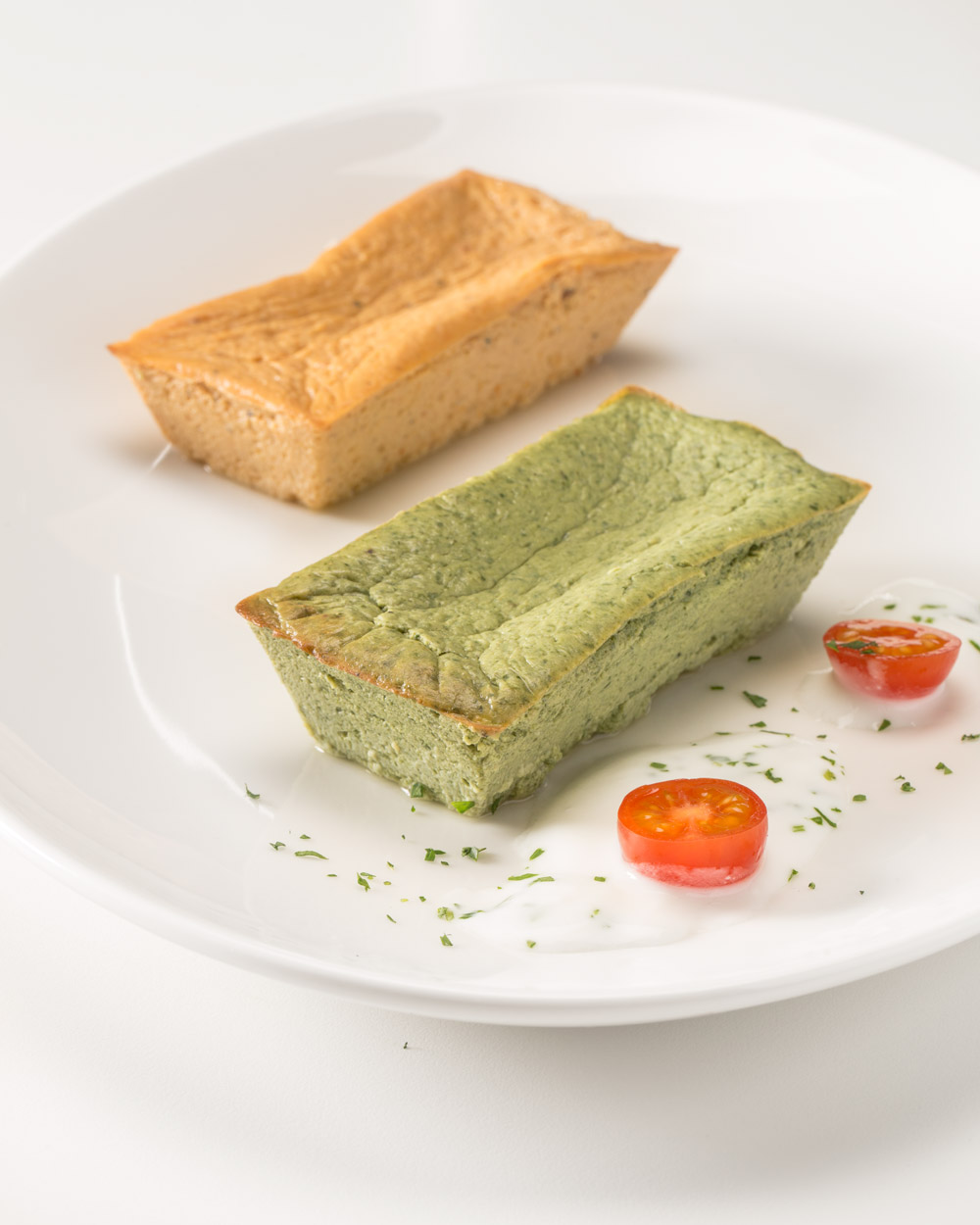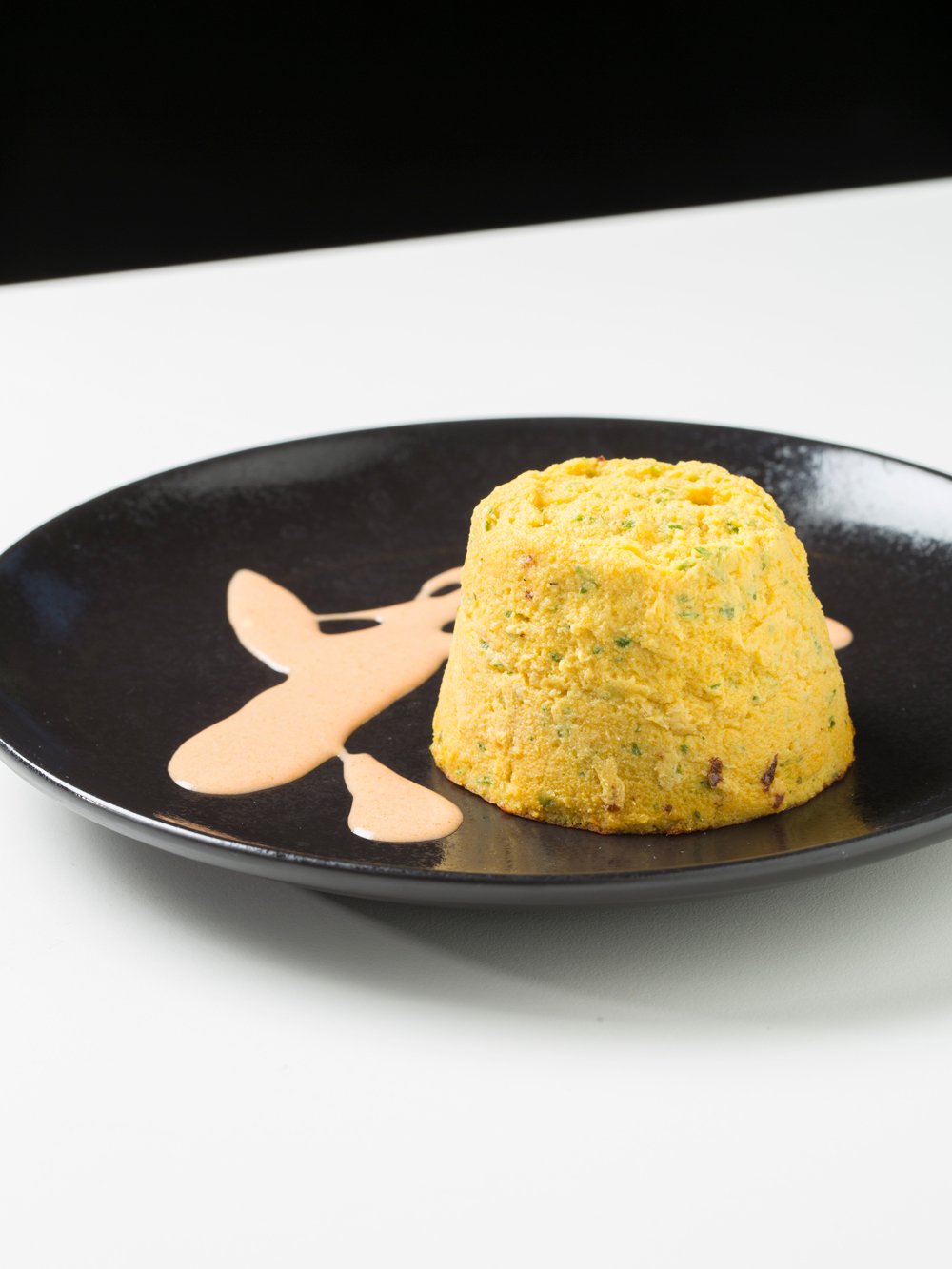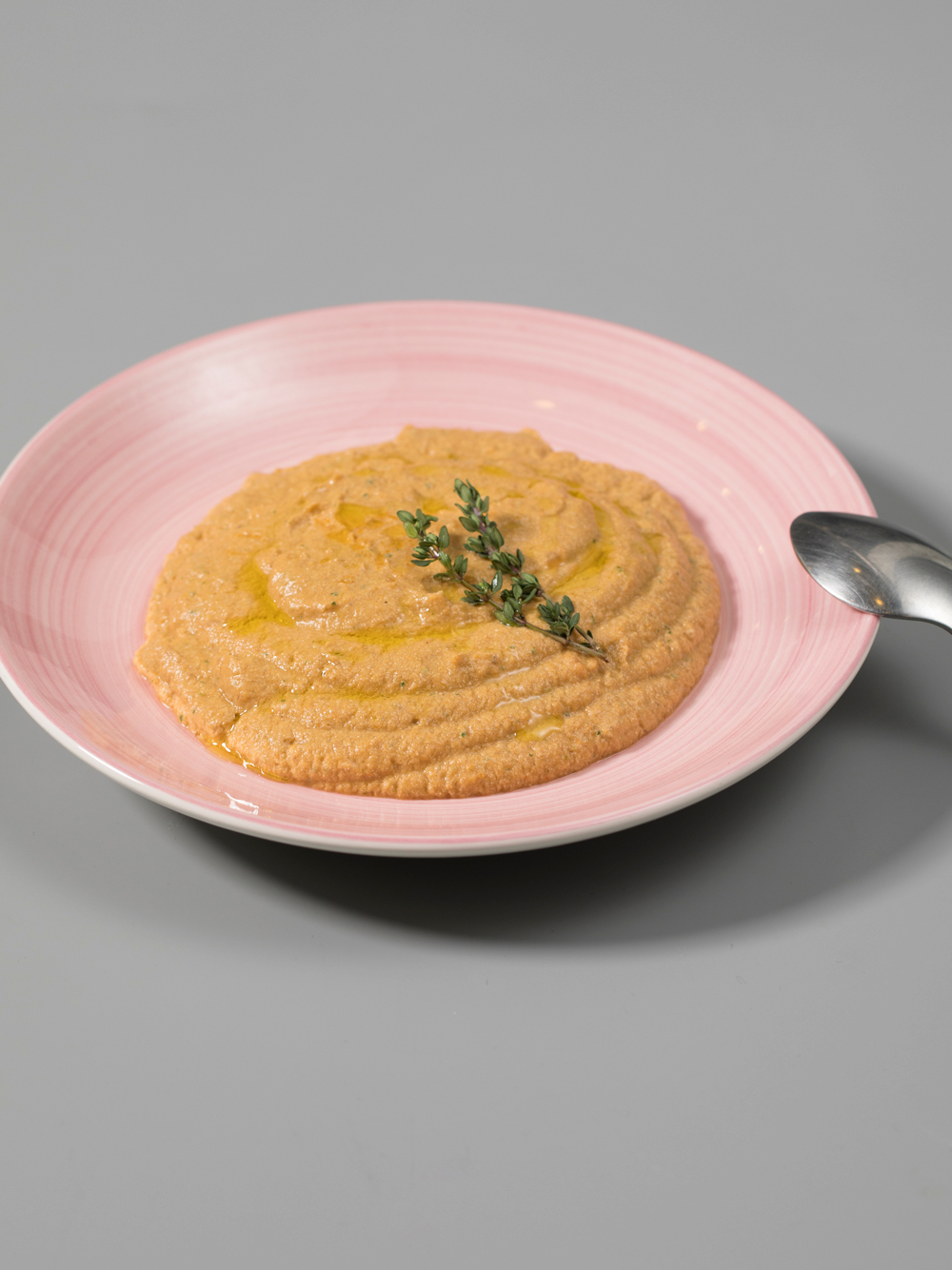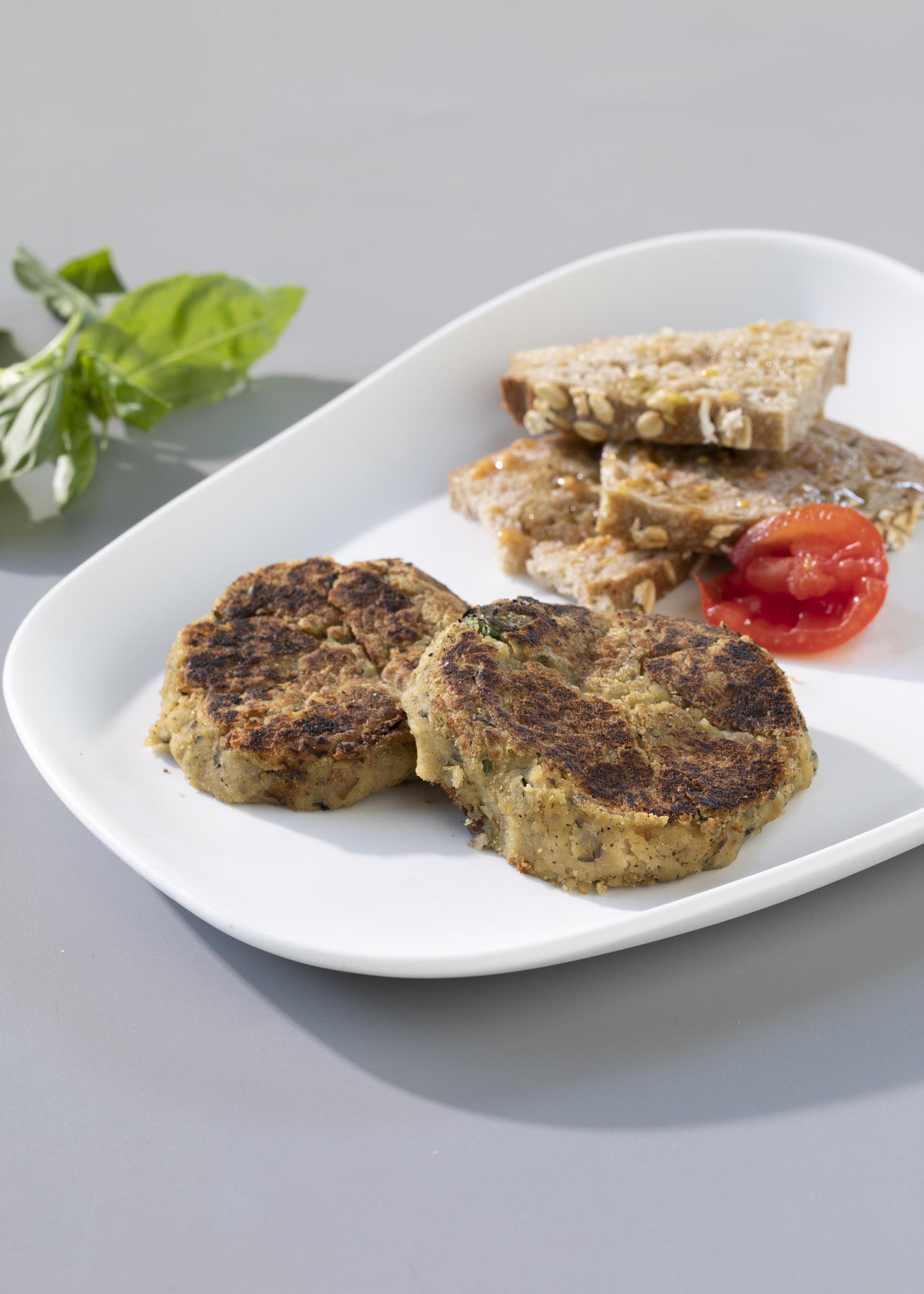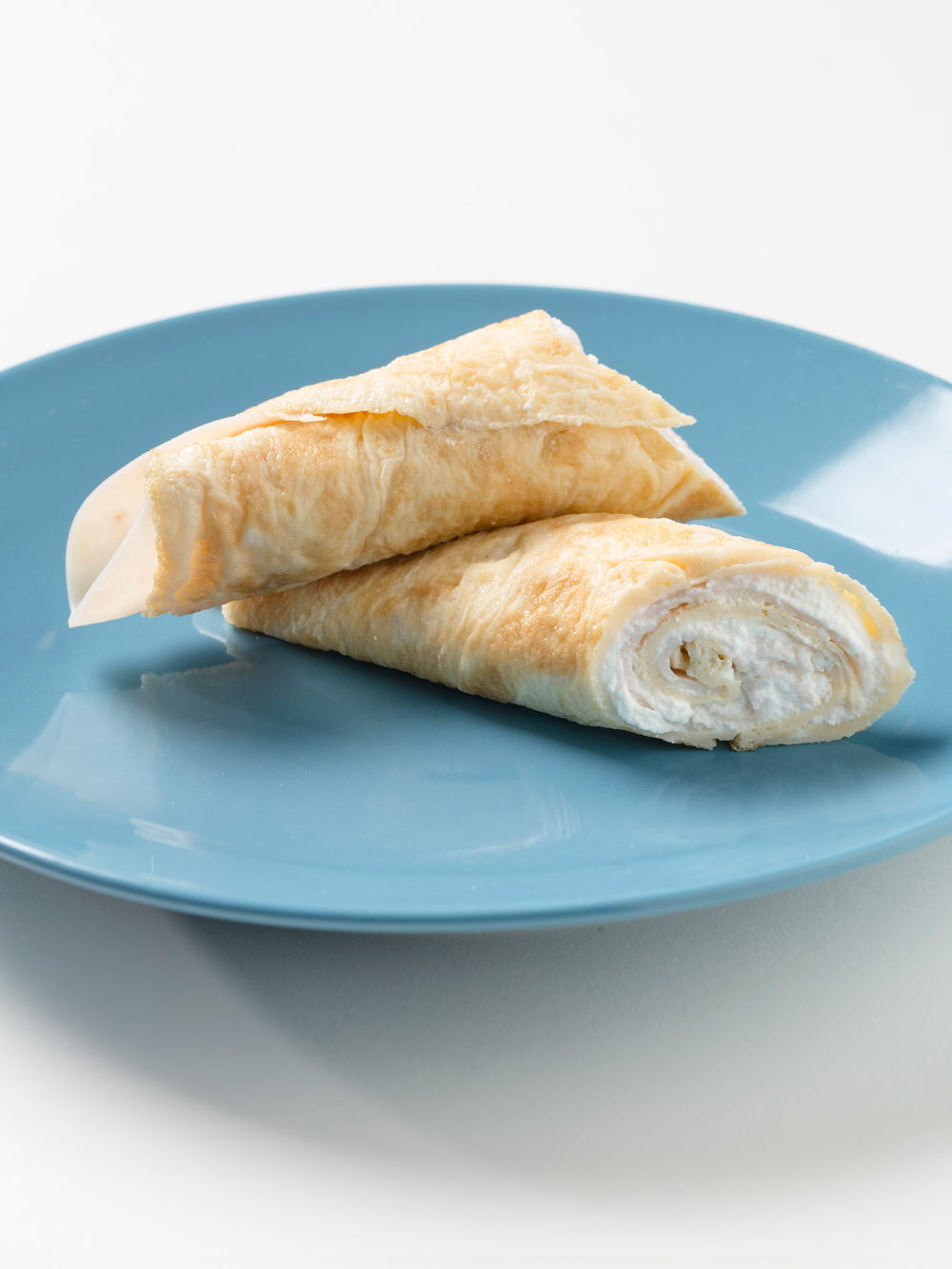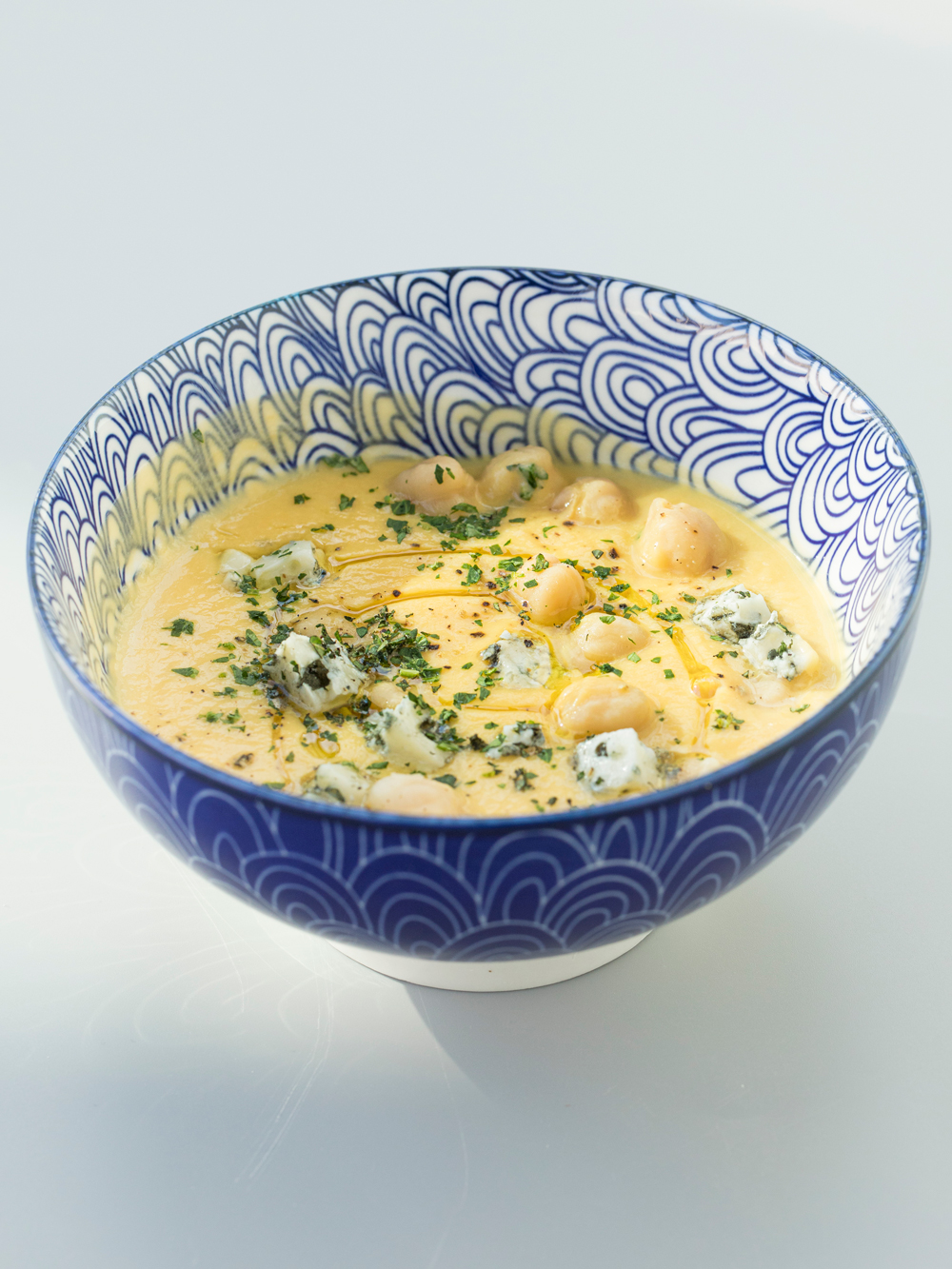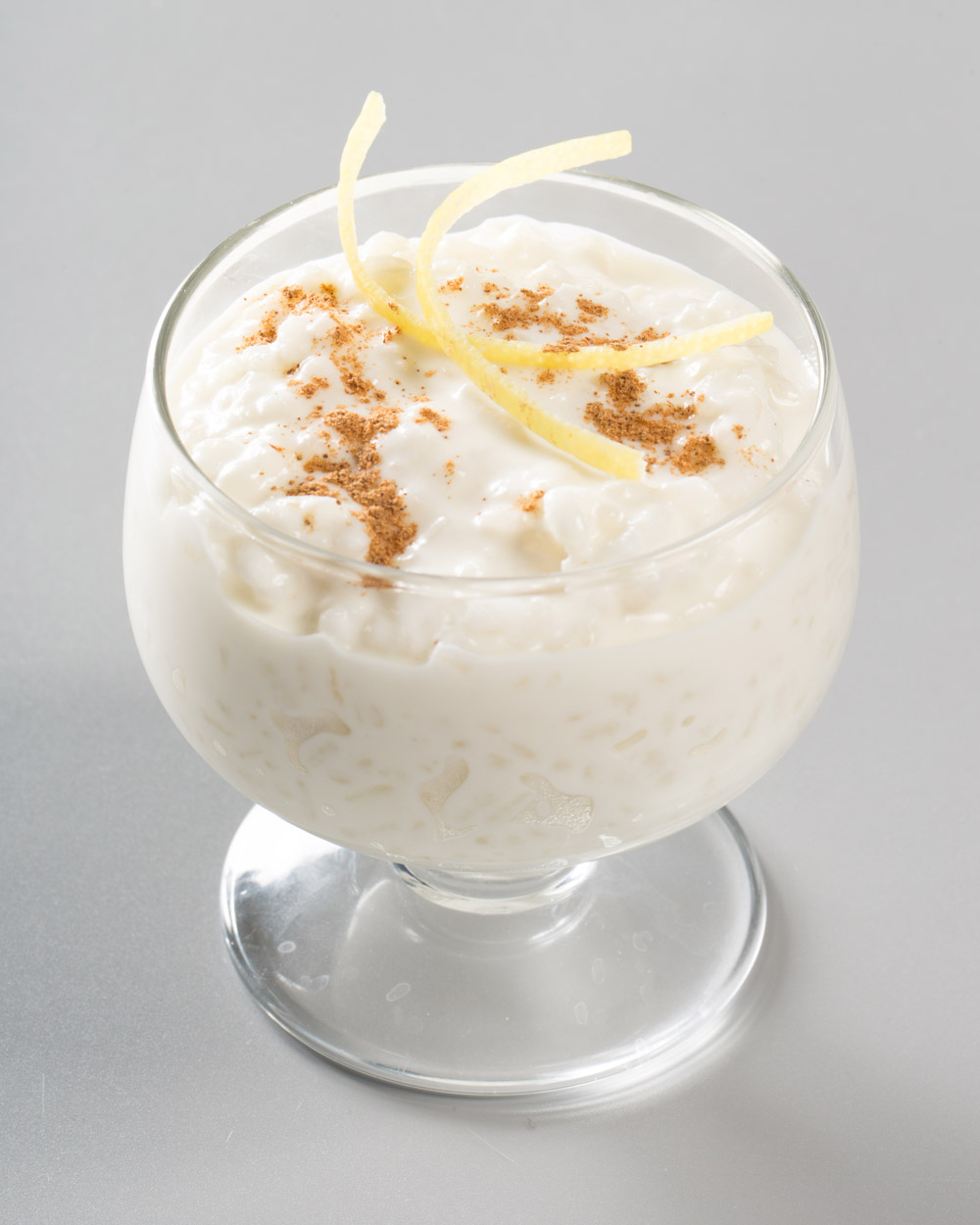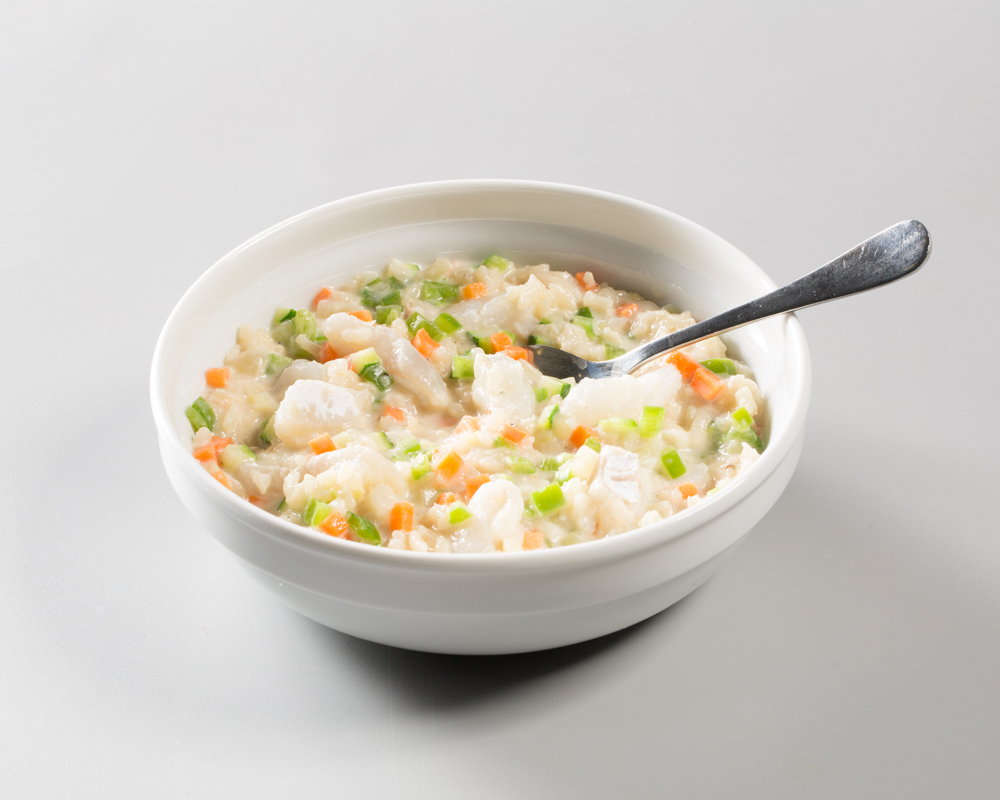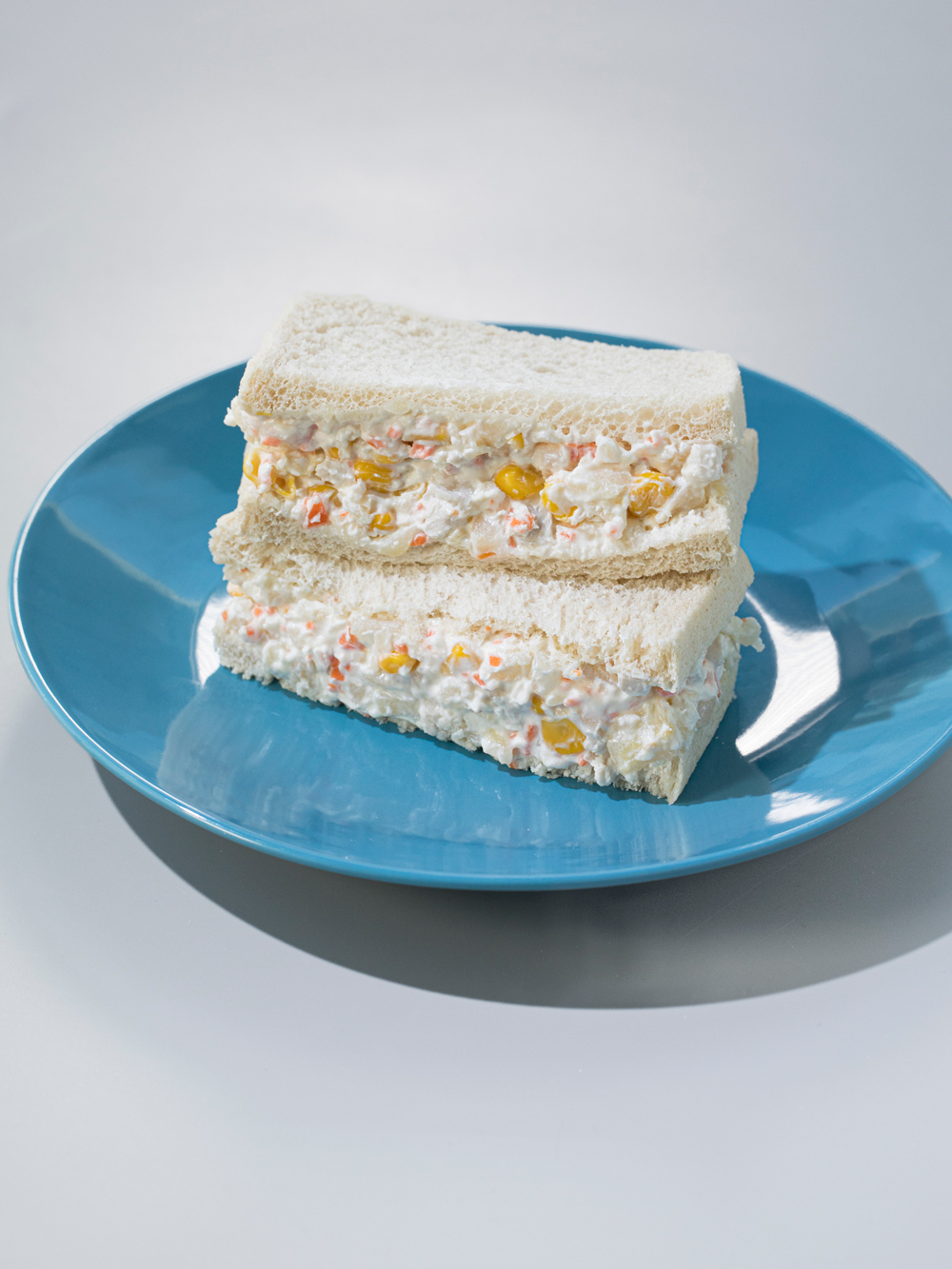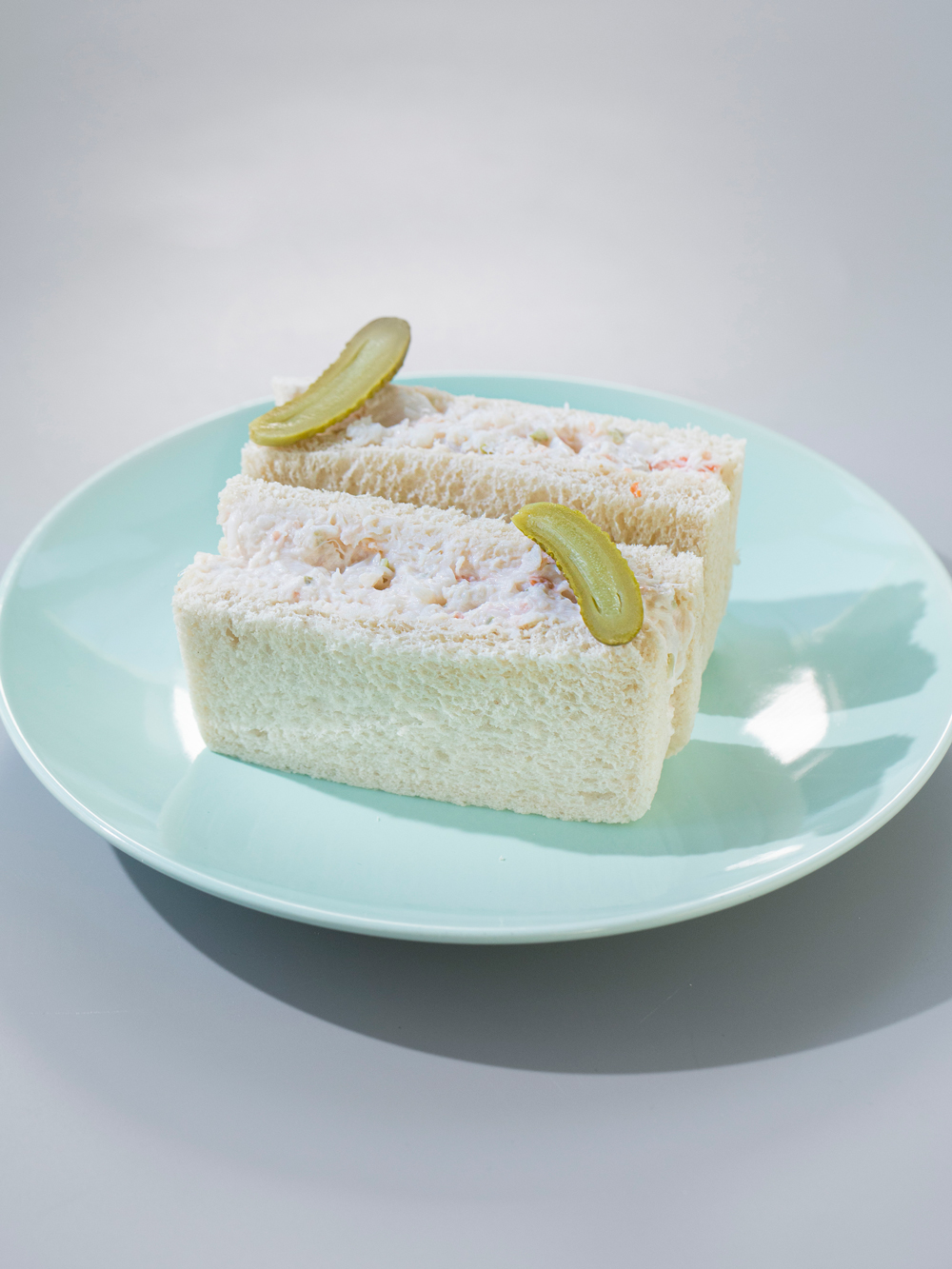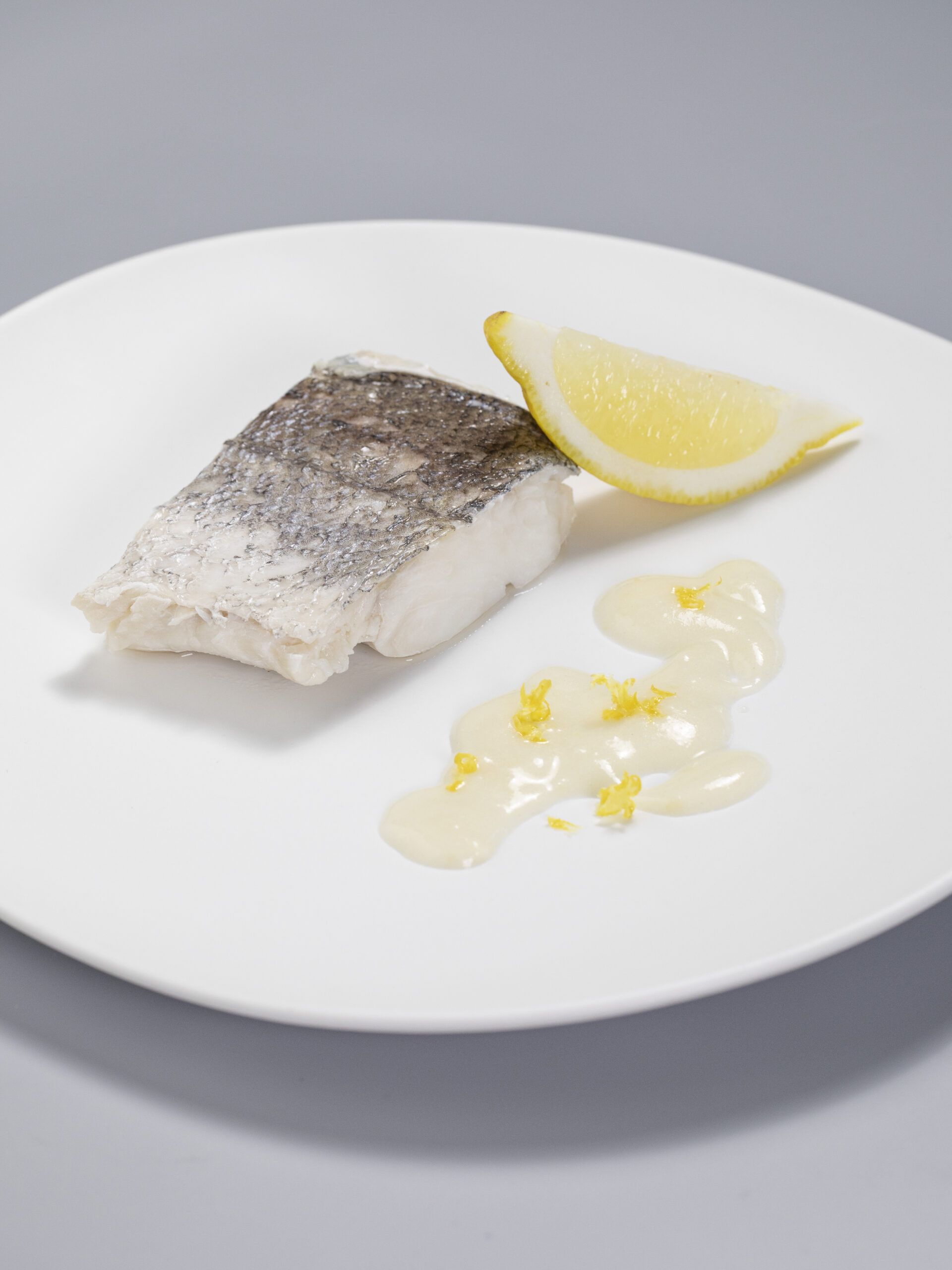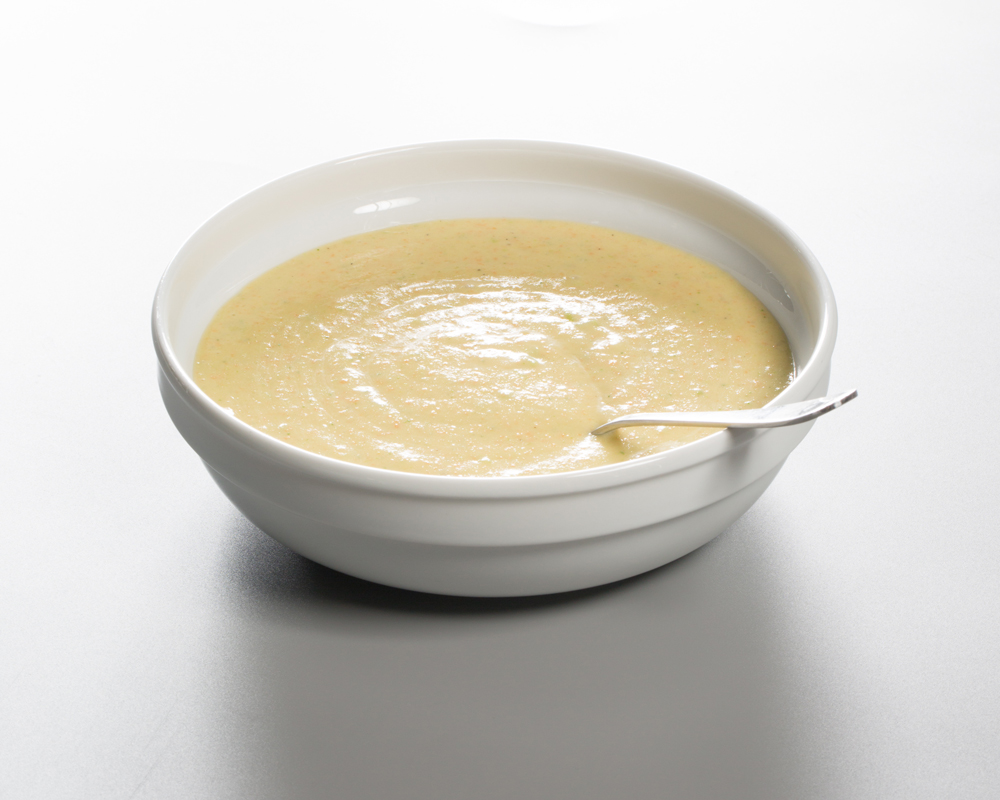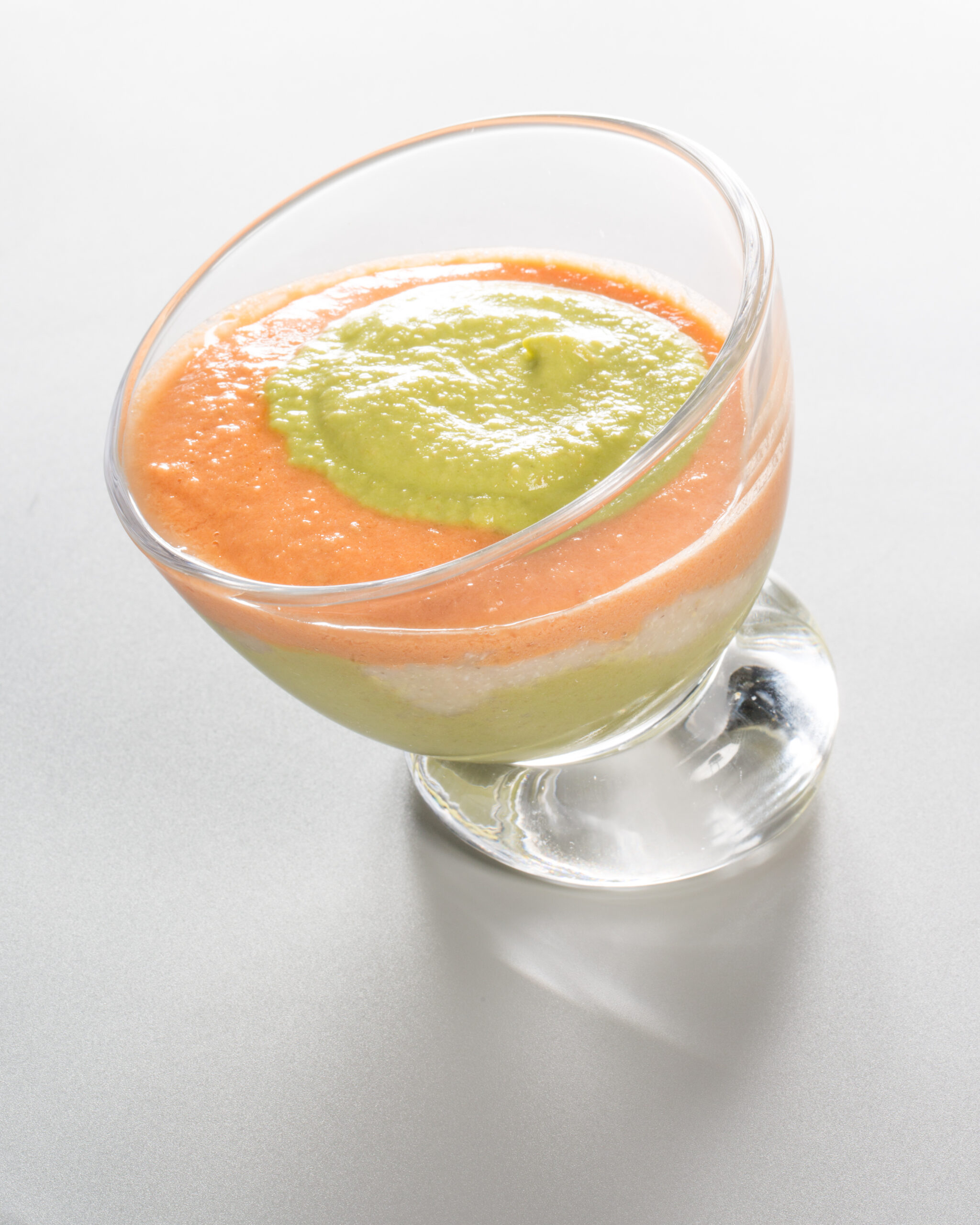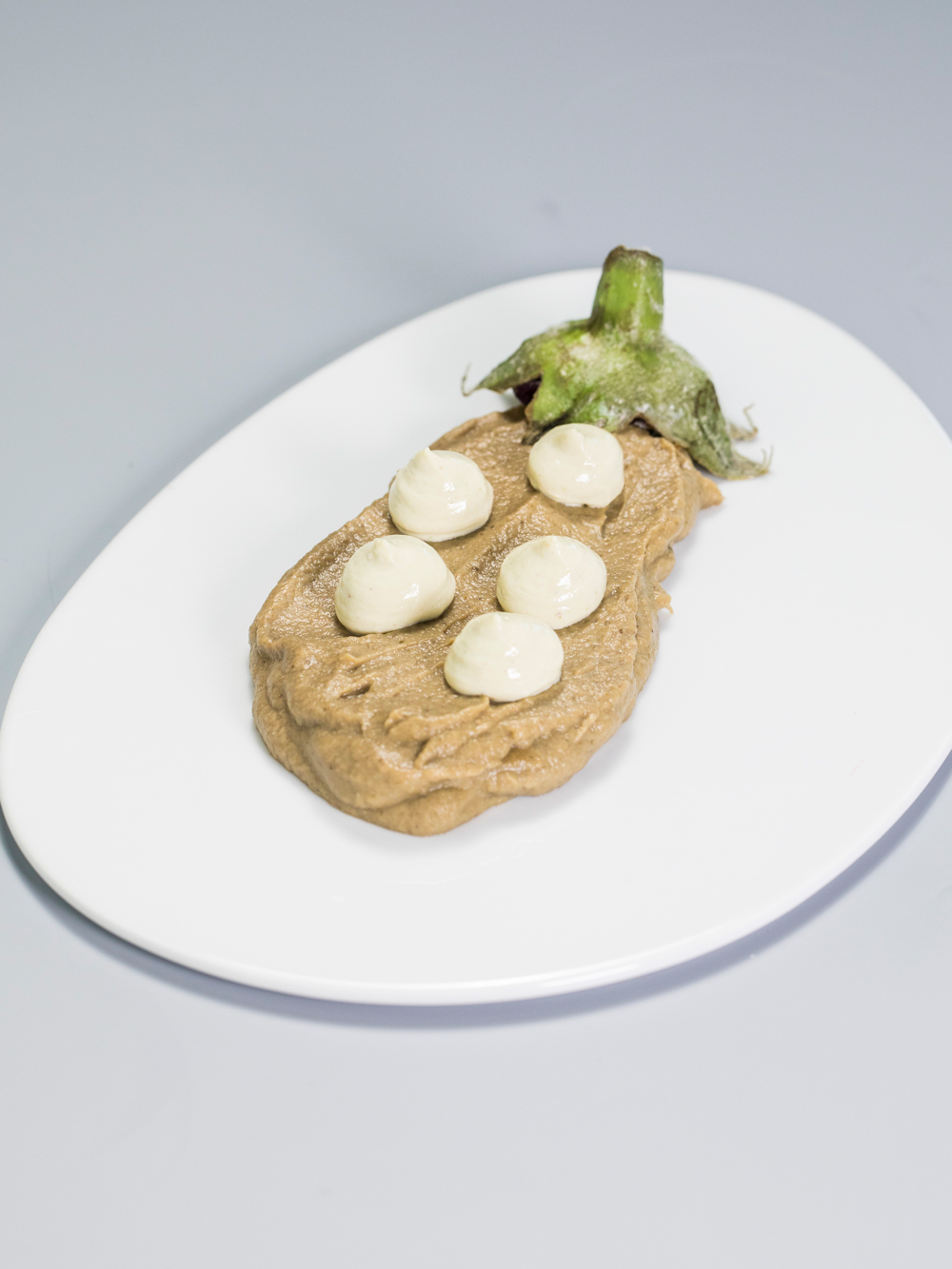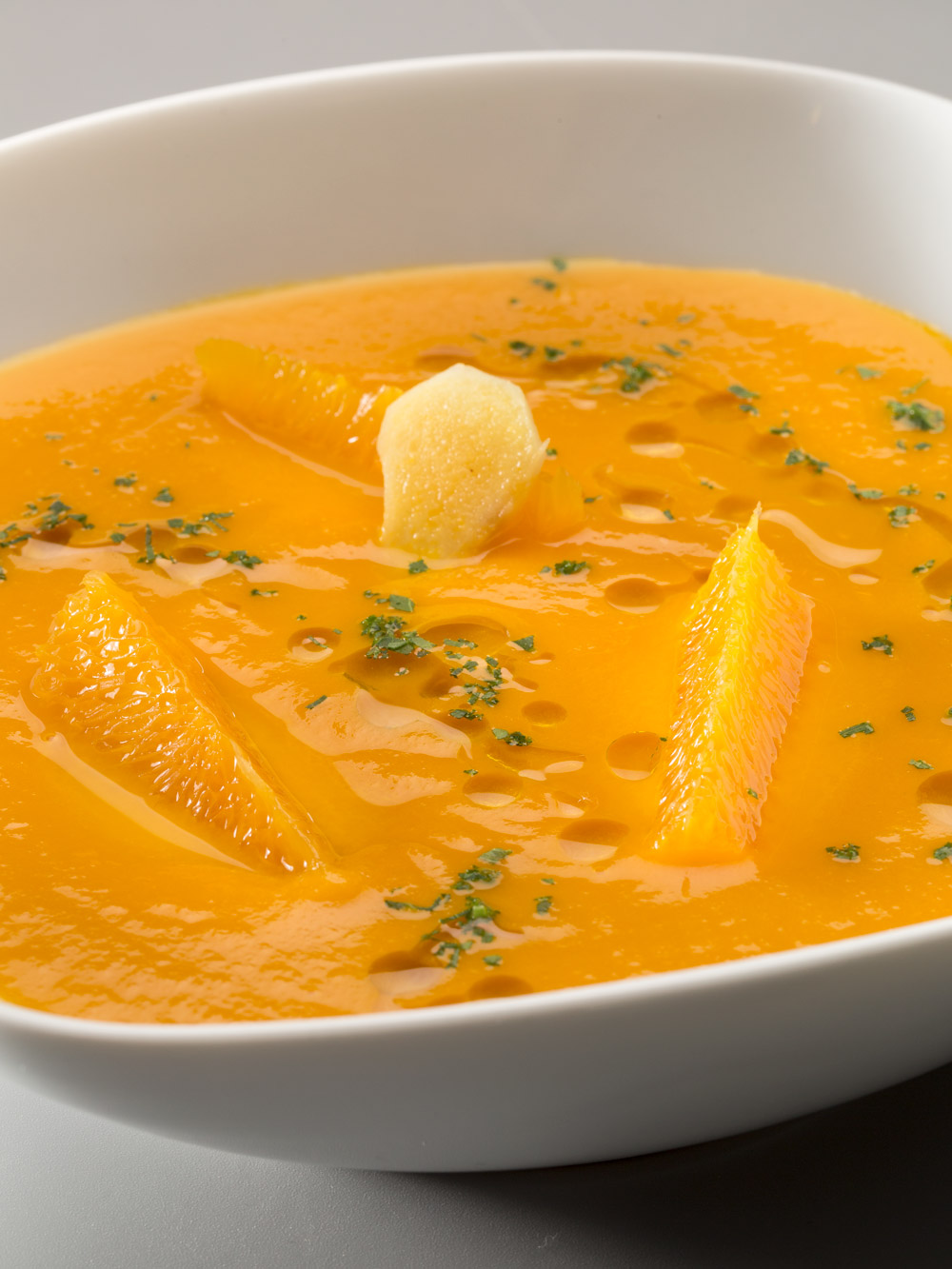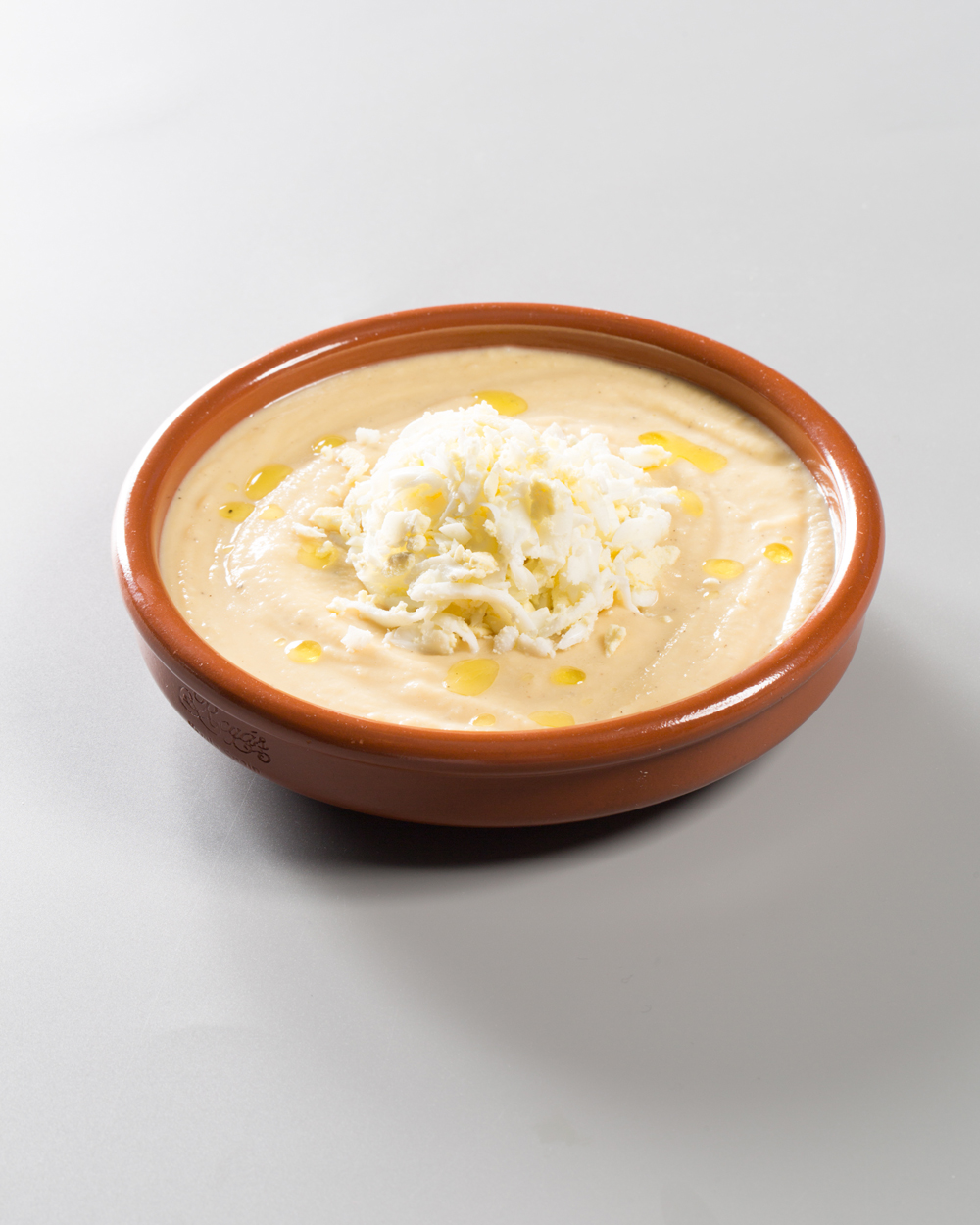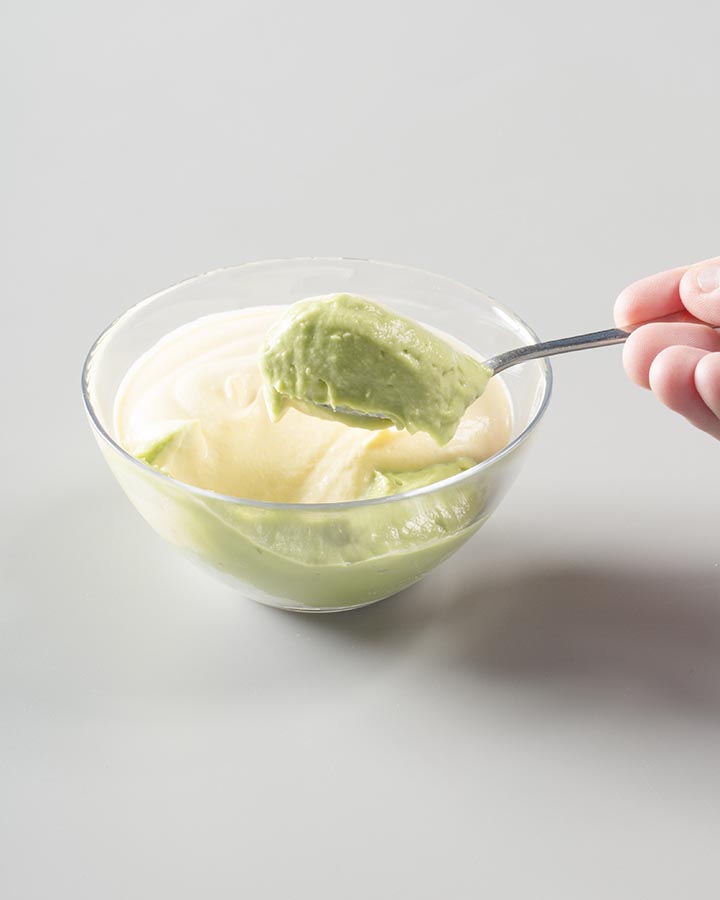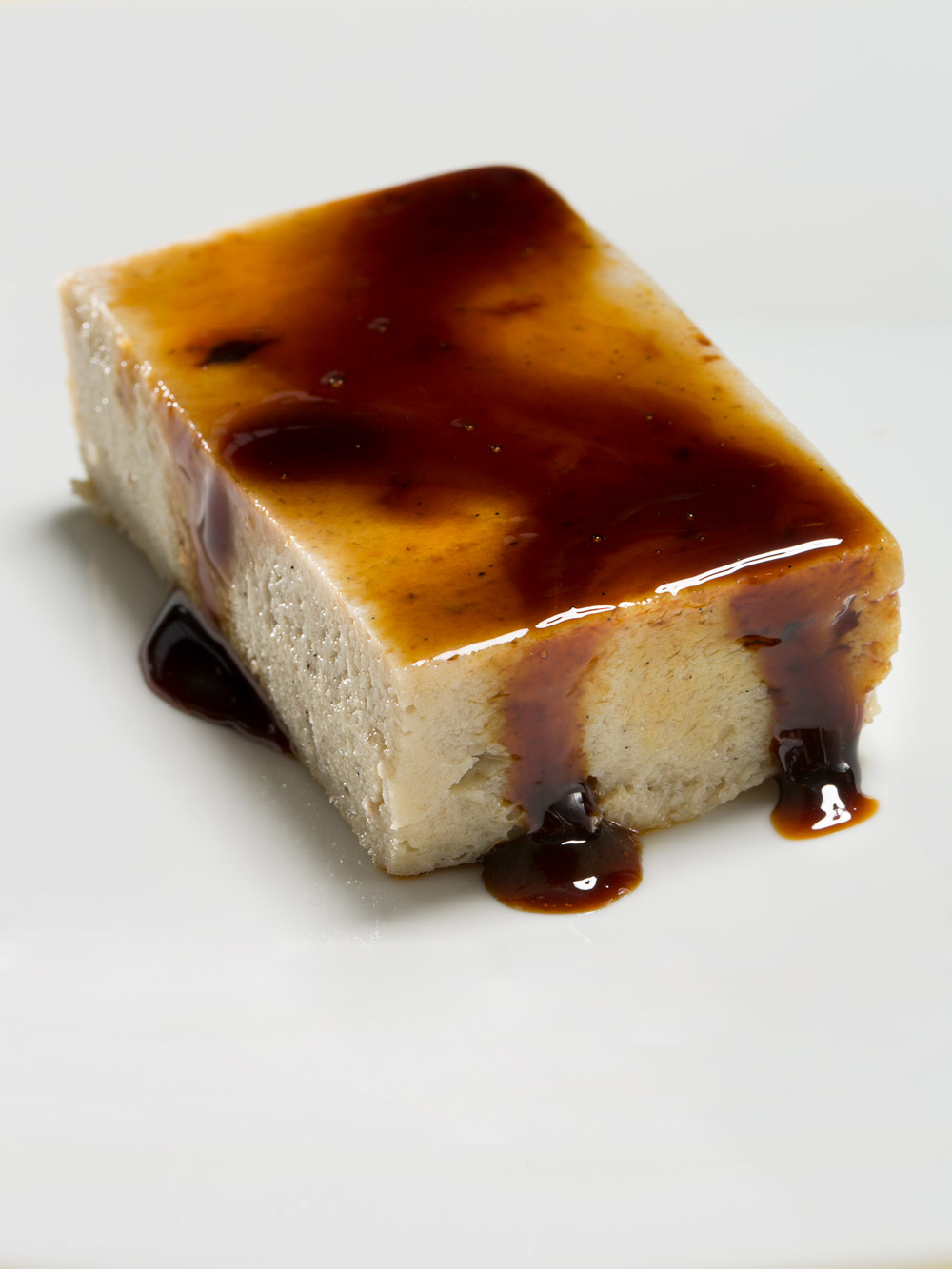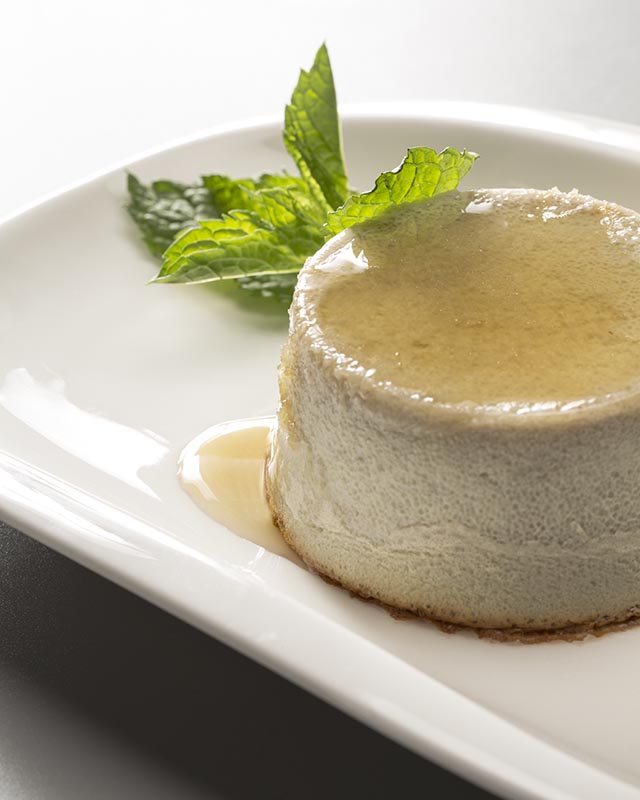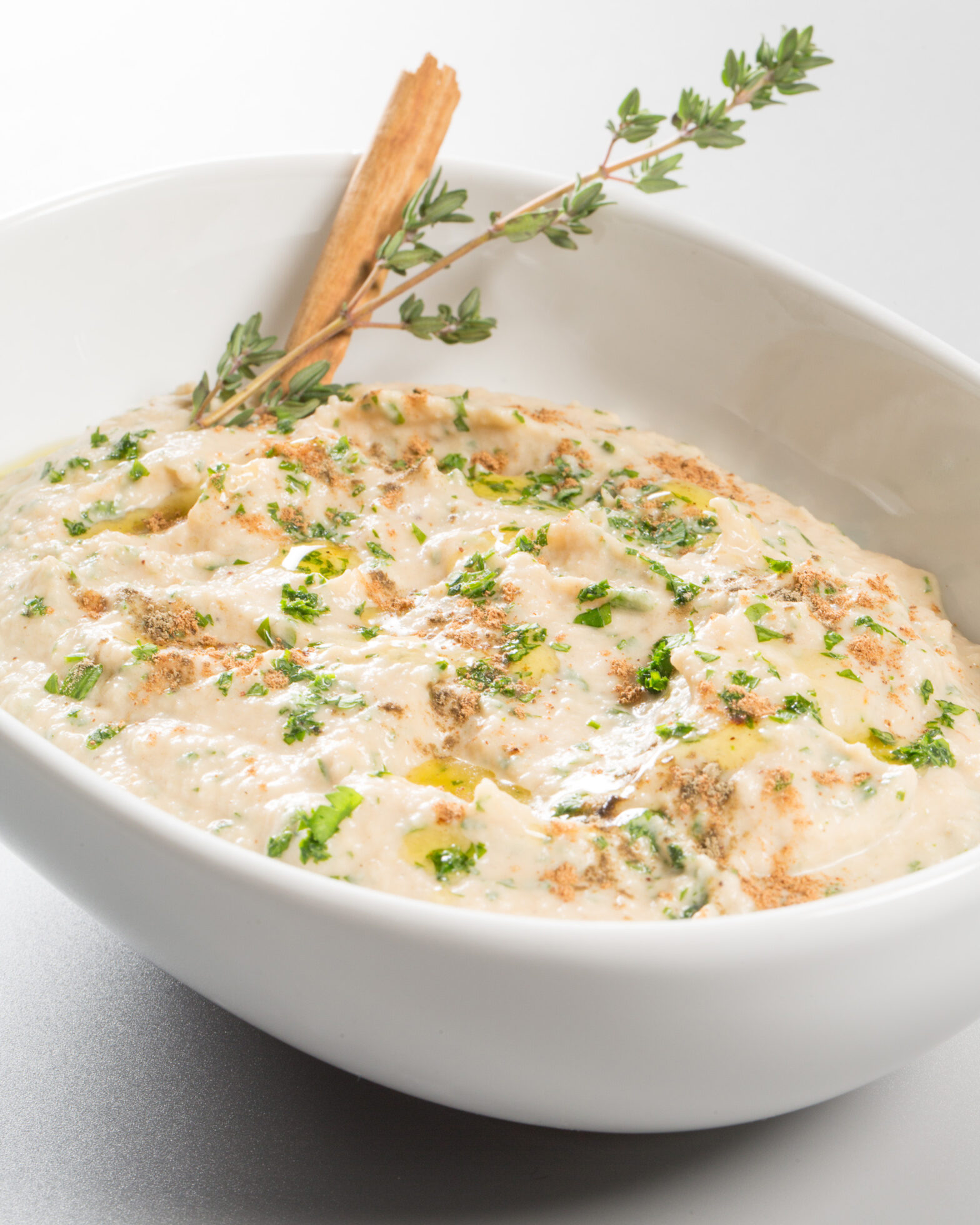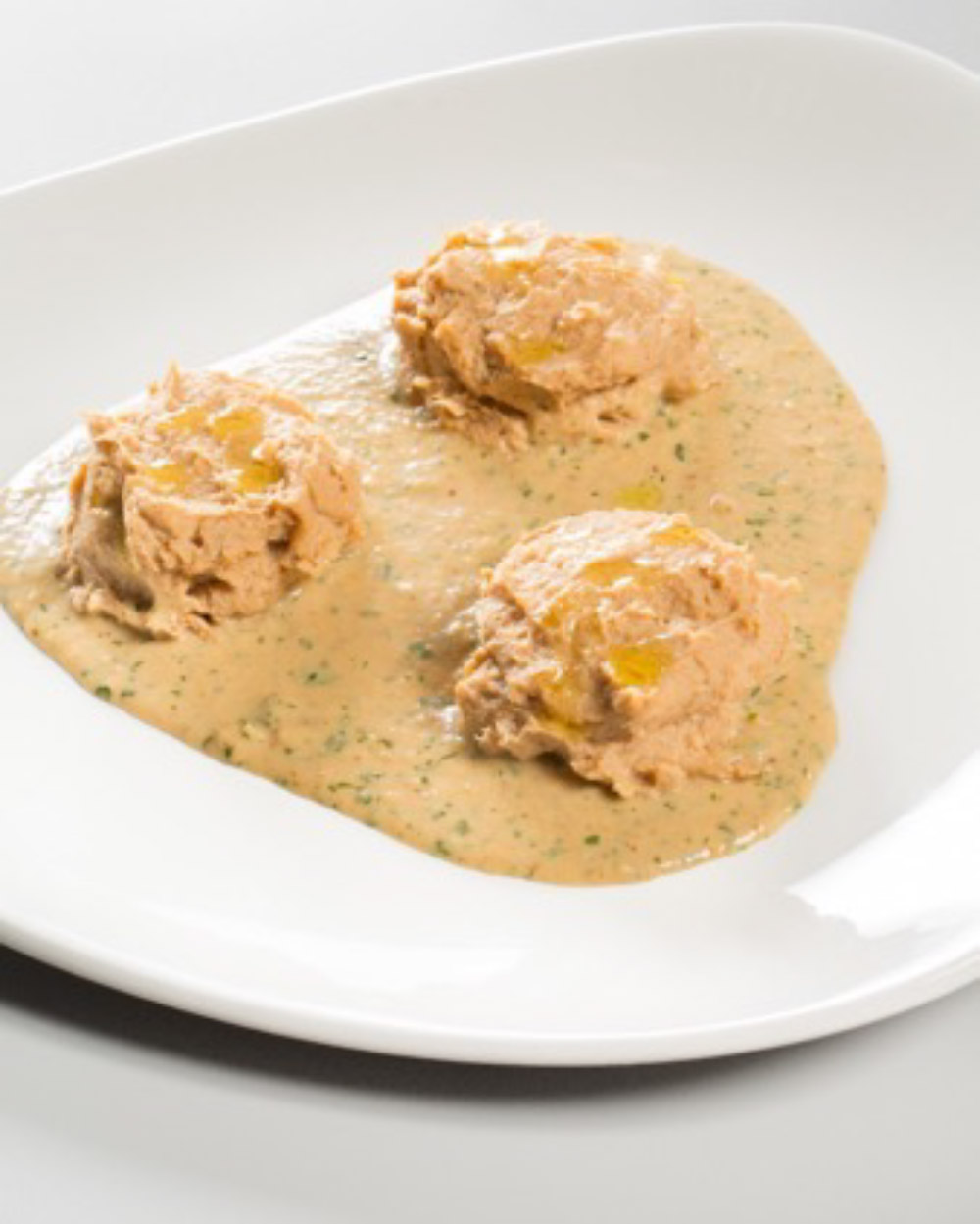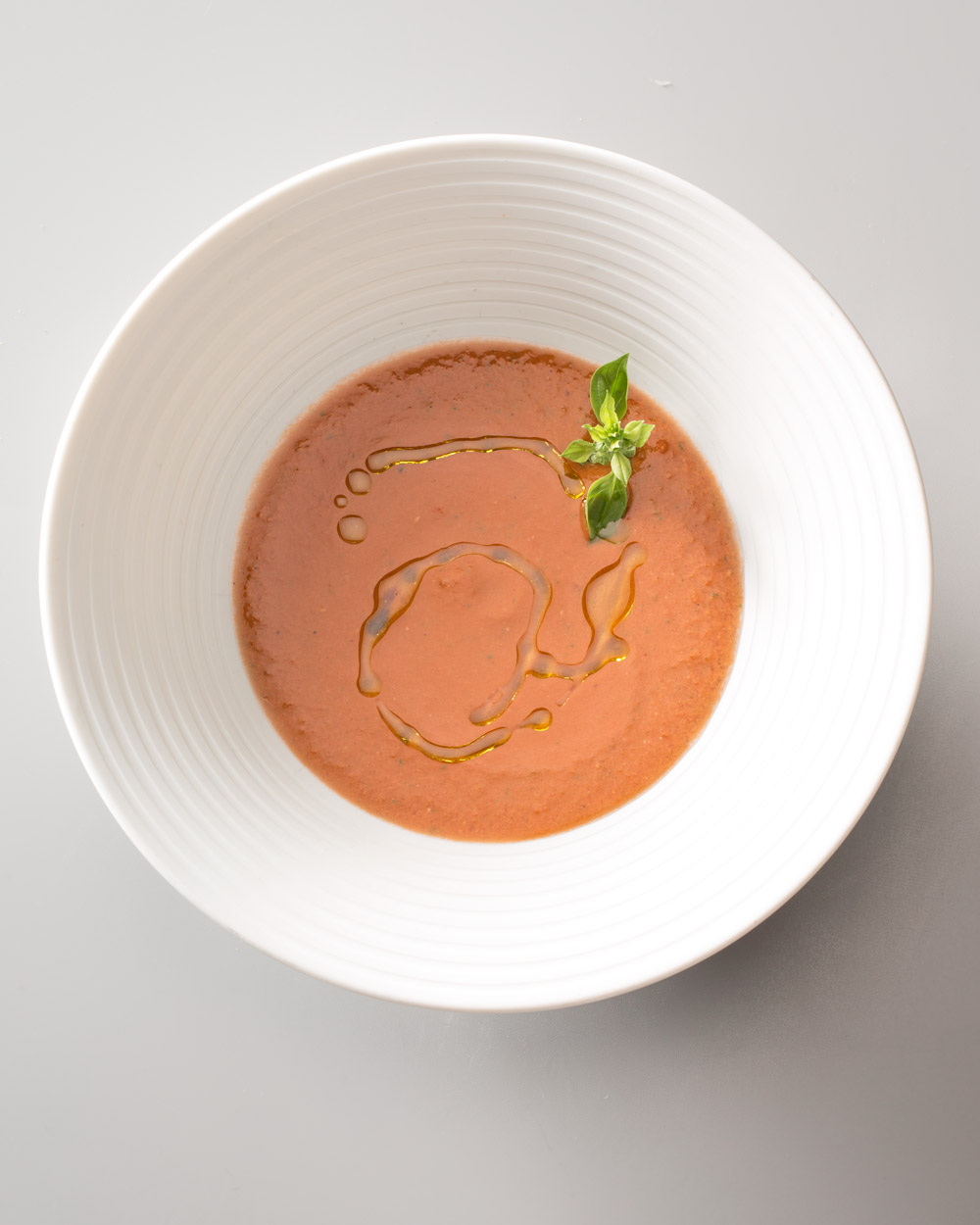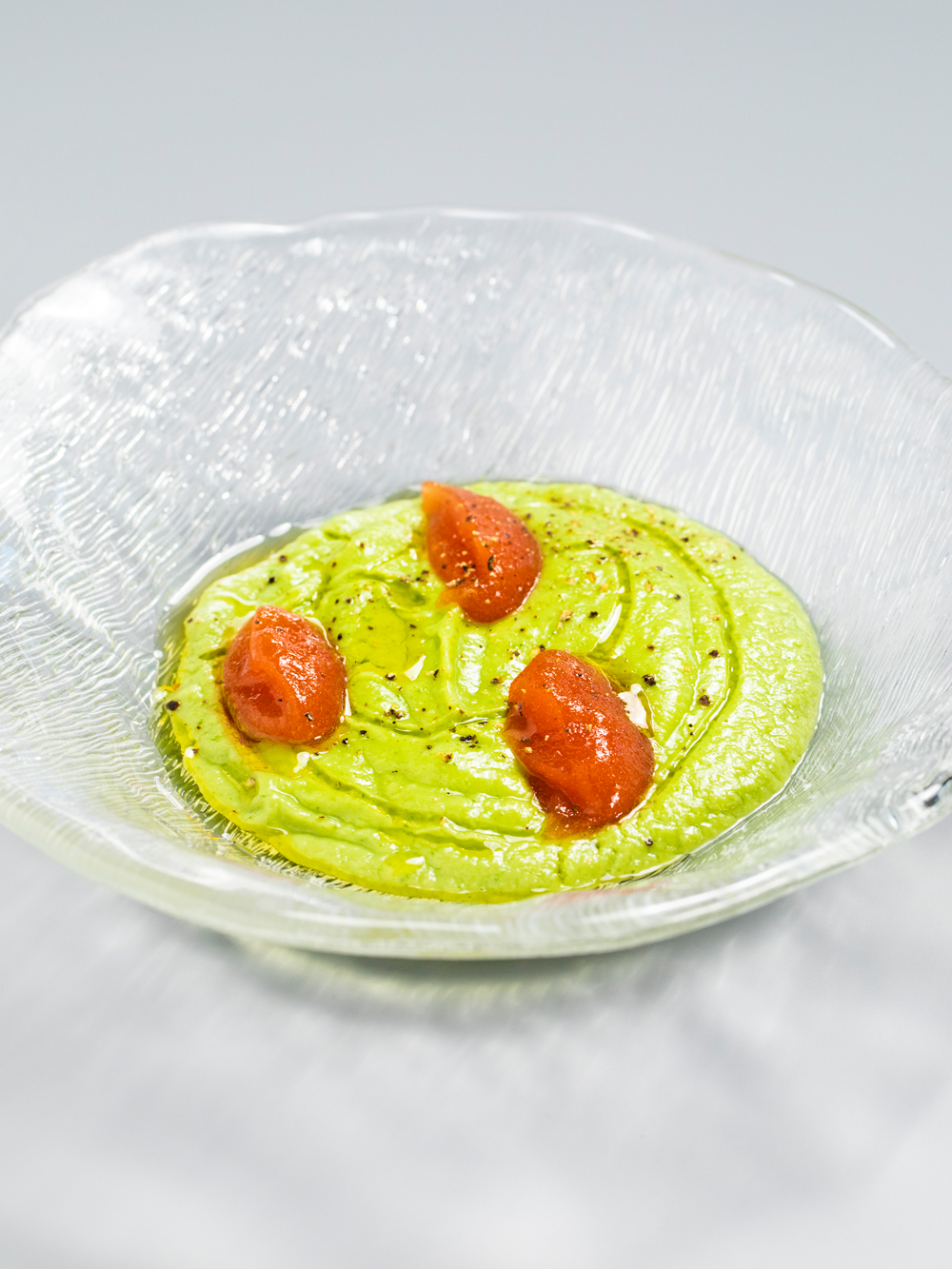It is characterised by the challenging sensation when swallowing solid or semi-solid food. There is generally no difficulty in the intake of liquids. The main recommendation is to adapt the texture of the food to a soft or mashed texture depending on the severity of the dysphagia.
WHAT DO WE RECOMMEND?
Sitting or the more sat up the better, always avoiding hyperextension of the neck.
Eat slowly and with plenty of time between each spoonful.
Eat small meals frequently.
Enrich dishes or purées using virgin olive oil, cream, cheese, egg whites, powdered nuts or milk, adapting the texture to the degree of dysphagia.
Meat, fish, eggs, pulses (soy, lentils, chickpeas and derivates as tofu) or seitan in texture-adapted dishes.
Foods such as bread, breakfast cereals, biscuits, crisps, fruit with its peel, nuts, fibrous and dried meats, or raw vegetables may be difficult to swallow.
Liquid preparations such as purées or soups are the least difficult to swallow. Soft foods such as puddings, caramel puddings, custards, meat pies or fish cakes are also good choices.
Depending on the degree of dysphagia or difficulty swallowing solids, dishes should be adapted to an easy-to-chew or mashed texture. Consult with your medical team as to which is the most appropriate.
If food needs to be adapted to a texture that is easy to chew/swallow
- Stews, soups, purées, puddings, crème caramel, soft cheeses, yoghurts, ripe fruits (not juicy), vegetables, overcooked pasta and rice, very tender and juicy fish and meat, and omelettes.
- Always cook all foods until tender. Using the pressure cooker is a good option to help foods such as meats and some vegetables become tender.
- In some cases, it may be sufficient to cut the food into very small pieces, in others, it will be necessary to blend food well and homogeneously with a fork.
- Take into account whether preparations with double textures (noodle soup, stews with sauce, etc.), suitable for starters in an easy-to-chew diet, are suitable in the specific case.
- Consider whether double-textured preparations (noodle soup, casseroles with sauce, etc.), easy-to-chew foods to start with, are suitable in the specific case.
| Day 1 | Day 2 | Day 3 | |
| Breakfast |
|
|
|
| Lunch |
|
|
|
| Dinner |
|
|
|
If food needs to be adapted to a puréed, mashed-type texture
Try to maintain the same type of meals and menus as eaten before the diagnosis but modify the texture.
Eating puréed food does not mean not being able to eat what you like, but that the texture needs to be adapted.
Almost all standard meals and dishes can be adapted to a puréed texture.
Aspects to consider when adapting a dish to a modified texture
Know what type of dish you want to modify:
- Ensure that it has been preserved properly and is in perfect condition before consumption.
- Make sure that it does not contain solid bits that may hinder blending.
Visualise how the modification can best be made. Maybe the dish contains elements that give it consistency, it has liquid or broth that can be used for blending and consider how you want to modify it (blending, mashing, broken down with a fork, etc).
Remember that, in general, heating up the dish makes blending easier
| Base preparation | Ingredients needed to adapt it | Procedure for making a shred |
| Soup and stewed meat | none |
|
| Potato and onion omelette | Broth or milk |
|
| Chicken lasagna | Chicken broth or milk |
|
How to adapt common dishes to blended textures
In some cases where the swallowing difficulty is more complicated to handle, it may be necessary to sieve the preparations to obtain very homogeneous purées, not to mix purées of different consistencies, to avoid preparations that may initially seem easy to swallow (rice soup, thin pasta soups…) or even to always require a purée consistency of the same characteristics.
Protein intake is essential throughout the process of cancer treatment. Purées should include meat, fish or eggs or plant-based proteins, such as soya, for both lunch and dinner. It is possible to choose between preparing a complete dish or having a first and second course, as indicated in the plate method. This second course can be a simple dish, equivalent to the mashing of a piece of meat or fish, or a more elaborate dish.
Indicative table with the quantity of meat, fish, egg, and soya derivatives necessary to prepare simple second courses that help supply the daily protein requirements. It is a matter of obtaining rich in protein foods, cooking them as indicated in the following table, and then blending them with the rest of the ingredients (thickeners, liquid, and oil).
|
PRODUCT (raw) |
COOKING TECHNIQUE |
|
LIQUID (water or broth) |
FAT (virgin olive oil) |
||||||||||
|
CHICKEN 125 g |
Iron and boiled (20 min) |
|
|
|
||||||||||
|
SAUSAGE 125 g |
Iron and boil (20 min) |
|
|
|
||||||||||
|
BEEF 125 g |
Iron and boil (20 min) |
|
|
|
||||||||||
|
LIGHT 125 g |
Boiled (20 min) |
|
|
|
||||||||||
|
OU 2 eggs |
|
|
|
|
||||||||||
|
VEGETABLES 150 g |
Boiled or with a pressure cooker so that they are soft |
|
|
5 g | ||||||||||
|
TEXTURED SOY 125 g |
Boiled (10 min) | Beans 125 g | 50g | 10g | ||||||||||
|
TOFU 125 g |
Passed lightly through the pan | Beans 25 g | 70 g (warm) | 5g | ||||||||||
When eating blended food, it can become more difficult to finish the food on your plate as having a whole dish with the same texture and colour can make it uninteresting. It is important to mix different consistencies and colours.
In terms of quantity, it is recommended to make a single batch of blended food of 300 ml maximum (to fill up a medium bowl) or two smaller batches, dividing the quantity to simulate a first and a second course.
Their richness in vitamins and bioactive compounds are essential during cancer treatment. Consume cold vegetable soups or purées such as gazpacho or salmorejo, make salads and blend them, and prepare fruit purées with one or more varieties of fruit.
| Day 1 | Day 2 | Day 3 | |
| To have breakfast |
|
|
|
| Lunch |
|
|
|
| Dinner |
|
|
|
More information and recipes can be found in the Practical Guide to Blended Gastronomy created by the Alícia Foundation.
